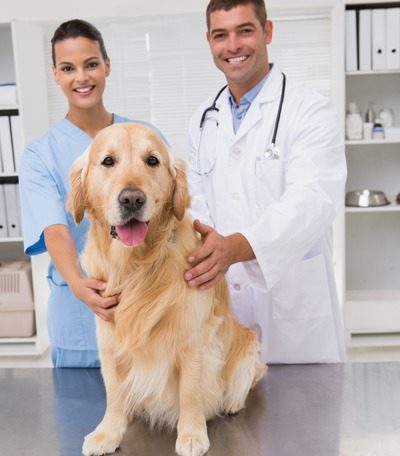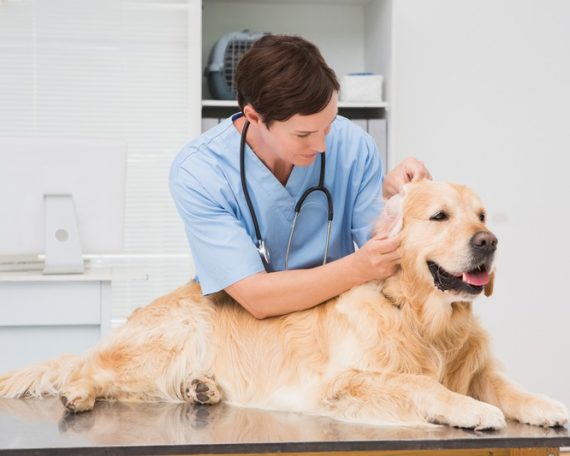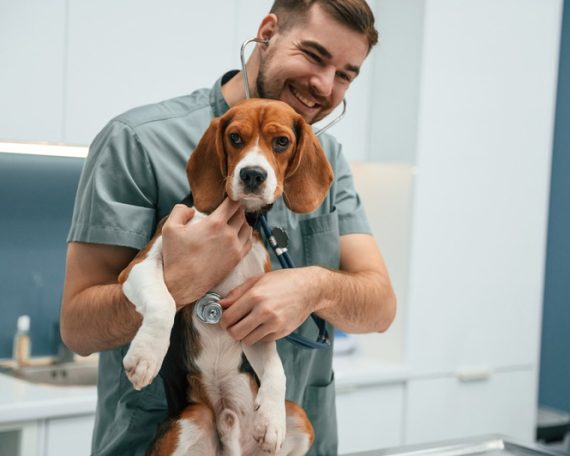How Can I Comfort My Pet During Their Surgical Recovery?
Recovering from surgery is a critical time for pets, requiring significant comfort and care from their owners to ensure a swift and smooth healing process. This article discusses methods to effectively support your pet post-operation, emphasizing the importance of the recovery period for the animal’s health and well-being. Guiding how to comfort and care for your furry friend aims to make the post-surgery phase less stressful for both the pet and the owner.
What to Know About Your Pet’s Needs After Surgery
Post-surgery, your pet may experience discomfort, confusion, and vulnerability. They might not understand why they are in pain or unable to move as freely as before. Recognizing and addressing these needs early on can play a substantial role in their recovery. Here are a few points to consider:
-
Follow the vet’s instructions meticulously.
-
Keep the recovery area calm, quiet, and comfortable.
-
Monitor for signs of infection or distress.
-
Be patient and offer plenty of reassurance.
Creating a Comfortable Recovery Space
Creating an optimal recovery environment for your pet is essential for their physical and mental well-being post-surgery or during illness recovery. Here are key elements to consider when setting up this space:
-
Location: Choose a quiet spot in your home where your pet can rest without being disturbed by household noise or activity.
-
Bedding: Invest in soft, supportive bedding that can cushion your pet’s body comfortably. Make sure the bedding material does not irritate any wounds or surgical sites.
-
Temperature Regulation: Maintain a comfortable room temperature, avoiding extremes of heat or cold. Consider adding a pet-safe heated pad or blanket if the room is naturally cool, especially for pets with less mobility.
-
Essentials Within Reach: Place food and water bowls close to your pet’s resting area so they don’t have to move much when they’re hungry or thirsty. If your pet has specific post-operative care needs (like medicines or supplements), keep these nearby as well.
-
Calm Atmosphere: Limit loud noises or abrupt movements around your pet’s recovery area to help reduce anxiety.
-
Safe Environment: Remove any hazardous objects that could injure your pet or complicate their recovery. Consider using barriers or pet gates to restrict access to stairs or other no-go areas.
Managing Pain and Discomfort
Pain management is a critical aspect of post-surgery care, especially after procedures like spaying a cat. Always adhere to the pain relief instructions and medication dosages provided by your vet. Observing your pet’s behavior will also give you clues about their pain levels—changes in appetite, vocalizations, and mobility can all indicate discomfort. Never give human medications to your pet unless specifically directed by your veterinarian, as they can be harmful or even fatal.
Keeping Them Engaged and Comforted
While physical activity will be limited, it’s important to keep your pet mentally stimulated during their recovery. Gentle petting, talking to them, and offering soft toys can be soothing. However, ensure that any toys or activities do not encourage vigorous movement or strain on their healing bodies.
Monitoring Their Diet and Hydration
Post-surgery, your pet’s appetite might not be what it used to be. It’s imperative to monitor their eating and drinking habits closely. Offering small, easy-to-digest meals can encourage them to eat. Always have fresh water accessible to them to prevent dehydration. If you notice any discrepancies in their diet or hydration levels, consult your vet, as this could be a sign of complications.
Adhering to Follow-Up Care
Follow-up visits are an essential part of the aftercare process. They allow your vet to monitor your pet’s recovery, make adjustments to their treatment plan if necessary, and catch any potential complications early. Always keep these appointments and be mindful of how your pet is healing between visits.
Advanced Recovery Options
Depending on the nature of the surgery and your pet’s recovery progress, your vet might recommend advanced recovery treatments. Techniques such as pet laser therapy in Torrance have become increasingly popular for their ability to accelerate healing, reduce pain, and decrease inflammation without the need for additional medications. This non-invasive treatment can significantly enhance your pet’s comfort and recovery trajectory.
Recognizing the Significance of Emotional Support
Your presence, patience, and reassurance can greatly influence your pet’s recovery speed and success. Showing them love and affection, maintaining a routine as much as possible, and calmly introducing rehabilitation activities can contribute to their emotional well-being. Understand that, like humans, pets can also experience post-operative depression or anxiety. Keeping a close eye on their behavior and mood will help you address these issues should they arise.
Learning from Professionals
Every pet’s recovery journey is unique. It’s crucial to consult with professionals like Torrance vets for personalized advice and tips tailored to your pet’s specific needs. Vets can provide valuable insights into post-surgery care, recommend specific products, and guide you through your pet’s recovery process.
Final Thoughts
Recovering from surgery requires preparing a safe space, managing pain, and offering emotional support to pets. Ensuring comfort, adhering to professional advice, and closely monitoring their recovery are essential for helping your pet heal. Commitment to care and attending follow-up appointments significantly impact the healing process. Proper care practices are pivotal in getting your pet back to its healthy self swiftly.










